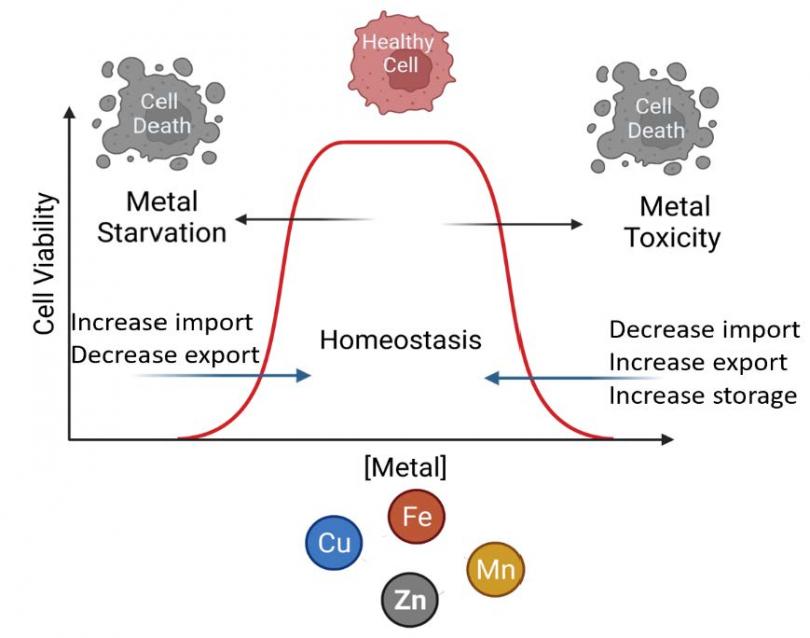
Transition metals such as Fe, Cu, and Zn are micronutrients that have critical roles at the host-pathogen interface as both the host and pathogen need them for survival. The host has developed innate immune strategies to sequester metals such as Fe which pathogens need for survival as well as strategies to secrete certain metals such as Cu to exert toxic effects on the pathogen. In return, pathogens have evolved strategies to scavenge metals they need, as well as export or store excess metal. Candida albicans, is an opportunistic fungal pathogen that has the capacity to cause systemic infections that can lead to death in immunocompromised and immunosuppressed populations. Azoles, such as fluconazole, are one of the four classes of antifungals that are FDA approved and are a first line treatment for C. albicans infections. Our lab has shown significant changes to metallohomeostasis of C. albicans as a result of fluconazole treatment. In this talk, I will discuss our work to determine how C. albicans overcomes azole treatment by modifying Cu homeostasis pathways. I will also discuss a potential strategy that focuses on metal dyshomeostasis and takes advantage of our innate immune system to develop a possible treatment for C. albicans infections.
